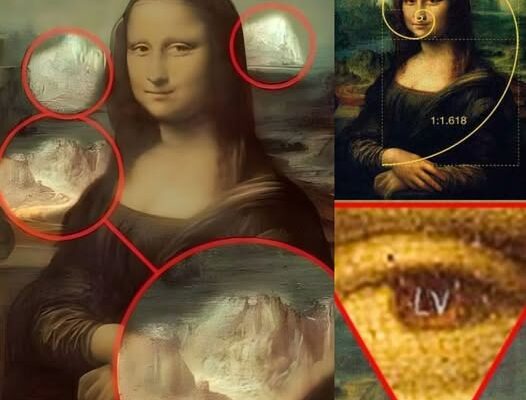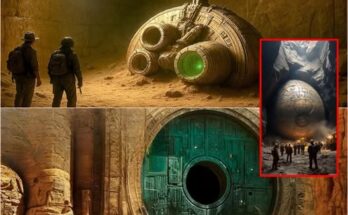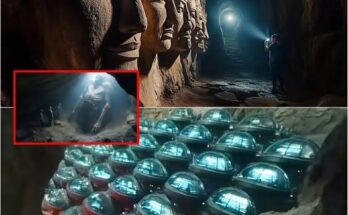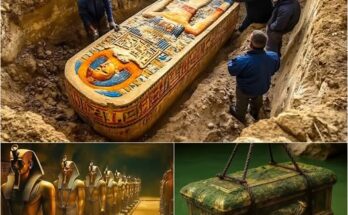Leonardo da Vinci’s Secret Visions: The Hidden Illusions in His Art
Leonardo da Vinci, the Renaissance polymath, remains one of history’s most enigmatic figures. His works are celebrated for their realism, depth, and unparalleled artistic mastery. However, beneath the surface of his paintings and sketches lies a deeper world—an illusory dimension filled with hidden messages, optical tricks, and mysterious symbolism that continue to captivate scholars and art enthusiasts alike.
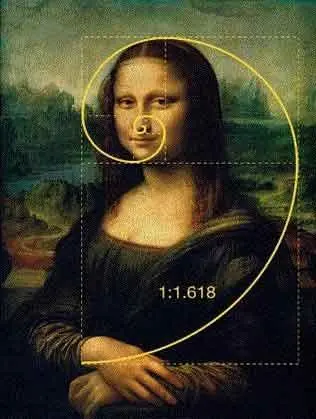
One of the most intriguing aspects of da Vinci’s work is his mastery of sfumato, a technique that blends colors and tones seamlessly, creating a soft, almost dreamlike effect. This method allows subtle illusions to emerge, making certain elements appear different depending on the viewer’s perspective. In Mona Lisa, for example, her elusive smile seems to change as one moves, shifting between serenity and mystery. This is not merely a trick of light and shadow but a deliberate attempt by da Vinci to engage the viewer in an ever-changing experience of perception.
Beyond his painting techniques, da Vinci embedded cryptic elements into his works. Some art historians argue that The Last Supper contains hidden musical notes, suggesting that the placement of the hands and loaves of bread could form a secret melody. Others believe that the peculiar arrangement of the apostles hides symbolic references to esoteric knowledge, further deepening the enigma surrounding the painting.
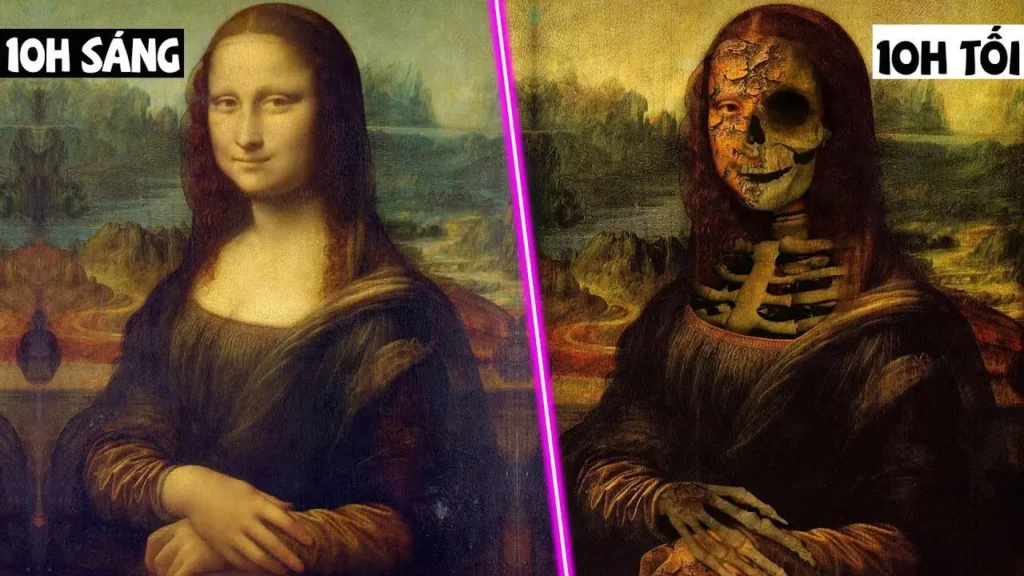
Perhaps the most fascinating illusion lies in his anatomical sketches and mirror writing. Da Vinci often wrote in reverse, a practice some speculate was meant to keep his discoveries hidden from prying eyes. His scientific illustrations, such as Vitruvian Man, not only depict human proportions with mathematical precision but also hint at connections between art, nature, and divine geometry. His studies of light, shadow, and perspective reveal an almost prophetic understanding of optical illusions, centuries ahead of his time.
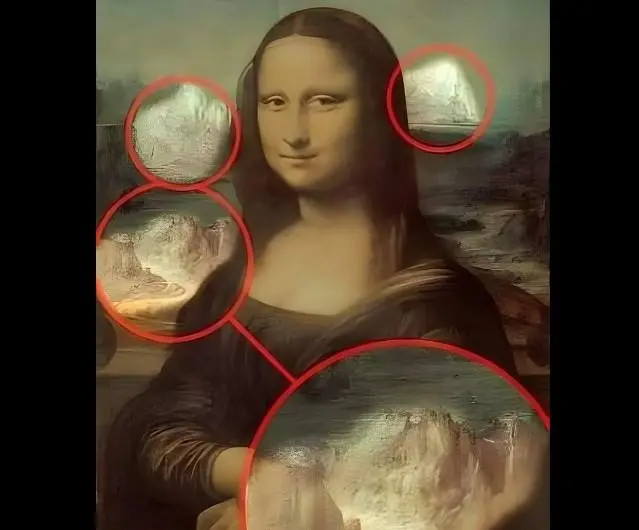
Even today, researchers use modern technology to analyze da Vinci’s paintings, uncovering layers that were previously invisible to the naked eye. Hidden figures, underpaintings, and alternative compositions suggest that his art was an evolving process, constantly shifting between reality and illusion.
Leonardo da Vinci was more than a painter—he was a visionary who blurred the line between the tangible and the imagined. His works continue to challenge our perception, inviting us to explore the illusory world he so carefully concealed within his masterpieces.

